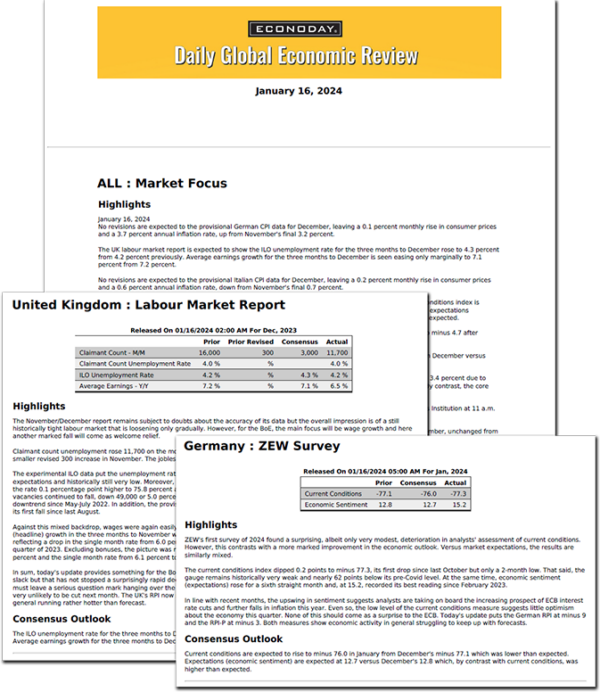January’s data on retail and food services spending proved disappointing, much of it due to a decline in unit motor vehicle sales and a dip in prices for gasoline. However, the softness was broad-based and sets 2024 off to a weak start for consumer spending after a solid performance in the fourth quarter 2024.
But what is the outlook for February and March?
There are a few factors that could determine whether consumer spending holds up in the first quarter 2024 compared to the fourth quarter 2023.
First there’s household incomes. With inflationary pressures dialing down and wages continuing to rise, households may find there is more discretionary income, especially those that have seen some wage and/or benefits increases in the past few months. Consumer confidence has improved. If consumers are feeling a bit more secure about the economy and their jobs, then they are more likely to spend.
Second there’s the weather. Many parts of the US have experienced relatively mild conditions over the winter months and consumers could be anxious to get a head start on tasks around the home related to maintenance and gardening. There may be good demand for seasonal merchandise.
Third there’s the arrival of tax refunds. The IRS filing season opened on January 29. Those taxpayers who expect refunds and/or whose returns can be prepared quickly are already filing. It is too early to say with confidence, but the initial data from the IRS suggest that tax refunds are smaller this year by a noticeable margin. This probably reflects the rolling off of pandemic relief over the past three years. Early filers tend to get larger refunds – mainly because those who owe a tax payment wait until the last minute – and those who get their refund by direct deposit also file early to get the money more quickly than a paper check. In the first week of IRS filing season statistics, refunds averaged $1,395 with the average refund size for direct deposit at $1,543. Some of this will go into immediate spending, some may go into savings, and some may be used for debt reduction.
Fourth, the timing of the Easter observance versus the start of Passover is unusual this year. Easter Sunday falls on March 31, but the first Friday of Passover isn’t until April 22. Retailers are likely to be offering a lot of Easter-themed merchandise at discounts in March and most of the associated sales will take place a little earlier than the more usual first week or two of April. However, the later timing of Passover could spread some of the retail activity over a longer period. In any case, March is likely to benefit to the detriment of sales of April.
Finally, this year’s early Easter could mean that some of the travel that usually happens in April will take place in March.




